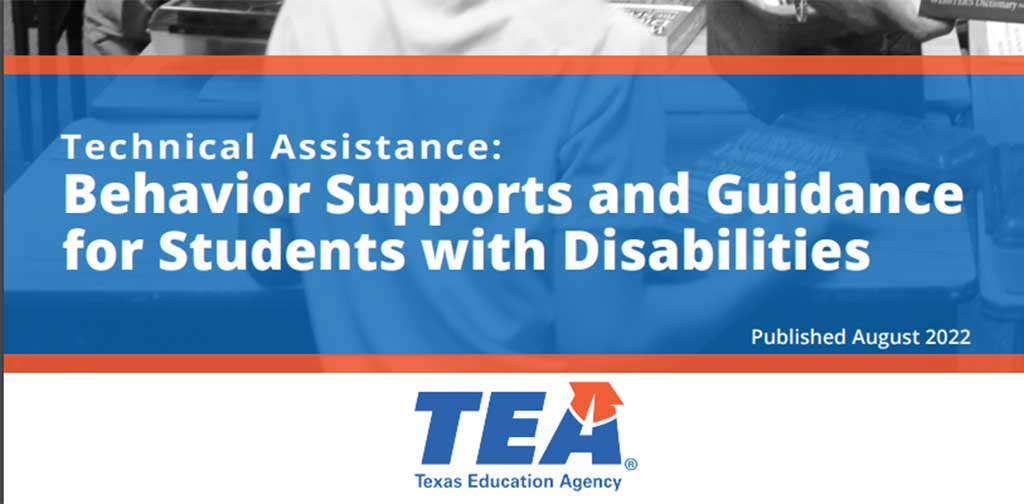It is always best to try to resolve any issue at the lowest possible level with the simplest means of communication available. If you think you can resolve an issue by talking with the teacher, do it. If it doesn’t work, go to the next level.
It is good practice to ask people how they prefer to be contacted. Some teachers are comfortable with parents contacting them in person (unscheduled) for minor matters. Some prefer telephone or e-mail contact, and others prefer a scheduled conference to discuss matters. Determine the preferred method and try to use it whenever possible. You should also make your own preferences for contact known. Many parents establish a regular communication notebook or pattern with the teacher to communicate about the child’s daily/weekly progress or problems that arise. Determine if the is willing to communicate in this way. If so, you can request that a communication notebook be added as a service to your child’s IEP. This is particularly helpful in situations where children are unable to communicate or where children have regular problems in the classroom.
Personal Contact
Good communication with the person working with your child can prevent many problems at school. Establish rapport with your child’s teacher before problems arise. Make yourself available to volunteer in class and to receive regular feedback. This will help create an atmosphere of open communication.
Try to work out problems with the teacher first and as they arise. You can ask to talk with your child’s teacher or for a parent/teacher conference. You can offer suggestions to the teacher or provide helpful materials. Information should be offered in a manner that is careful not to suggest that the teacher lacks knowledge, and should not be so voluminous as to overwhelm the teacher.
Communicating with someone in person allows you to interpret a person’s body language and demeanor and may provide some insight into a person’s feelings about your requests, and willingness to follow through with them.
Proceed to the next level if you cannot resolve the issue with the teacher. Determine who is the next person who can help you. If one person stands in the way of what you need, go to another person who can help you.
[rescue_box color=”green” text_align=”left” width=”100%” float=”none”]
NEGOTIATION TIP
Keep notes of every communication. Write down the date and time, with whom you spoke and what was said.
[/rescue_box]
Telephone Contact
If it is inconvenient for you to get to the school to talk with the teacher or other staff, a telephone call can be made to resolve issues. It helps to ask when it is best to call. Telephone contact should be initiated for brief conversations and questions that can be answered simply. If the issue is more complex, a face-to-face contact or meeting to discuss the issue is probably necessary.
Written Communication
There are two kinds of written communication that you can have with your school. The first is written documentation of all of your communications with the school. You should keep written notes of all discussions, telephone calls, meetings, and other communication you have with the school. It is helpful to have a notebook (three ring binders work well) where you can document the date, time, content of the discussion, and name of the person. All paperwork relating to your child’s education can be stored in the same binder (this can include your child’s IEP, evaluations, progress reports, classwork, etc.). This type of documentation is necessary to develop a record of all interactions with the school. This information may become necessary for a more formal negotiation with the school.
The second type of written communication is to inform the school of your concerns about your child or to request specific information or action from the school. If informal methods of negotiation fail, you can proceed with more formal methods. The first step in the process is to send a letter to the school making a specific request with a timeline for a response. You should send the letter in a manner which will verify its receipt (certified, registered mail). You can also deliver it by hand and ask someone to initial a copy as received. Always keep a copy of all correspondence for your records and never give anyone your only copy of a record.
The DOs and DON’Ts of Written Communication
DO share routine information. For example, use a communication book which goes from school to home and back on a regular basis to share information about your child’s day or issues of concern.
DON’T try to share complex information that requires significant explanation and clarification. However, a letter could be used to request a meeting to discuss this complex issue in person.
DO make specific requests of the school regarding your child’s program or to object to specific proposals made by the district, especially when timelines are involved and you need to document when you made the request.
DON’T try to solve a very complex problem. A letter can be used to state the problem as you see it, but the actual problem solving process is usually best conducted by phone or in person, depending upon the complexity.
DO summarize past communication from meetings or phone calls where commitments have been made for action.
DON’T send the school your only copy of a record. Make another copy for team members.
DO say thank you. A card or note can go a long way to demonstrate your appreciation and support for the work the school is doing with your child.
DON’T send a letter to the school that you wrote when you were angry. Take time to cool off so that your letter is written in a calm and clear way.
Excerpted from Disability Rights Ohio’s Negotiation Skills for Parents: How the Get the Special Education Services Your Child with Disabilities Needs, August 2014. http://www.disabilityrightsohio.org/negotiation-skills-for-parents



